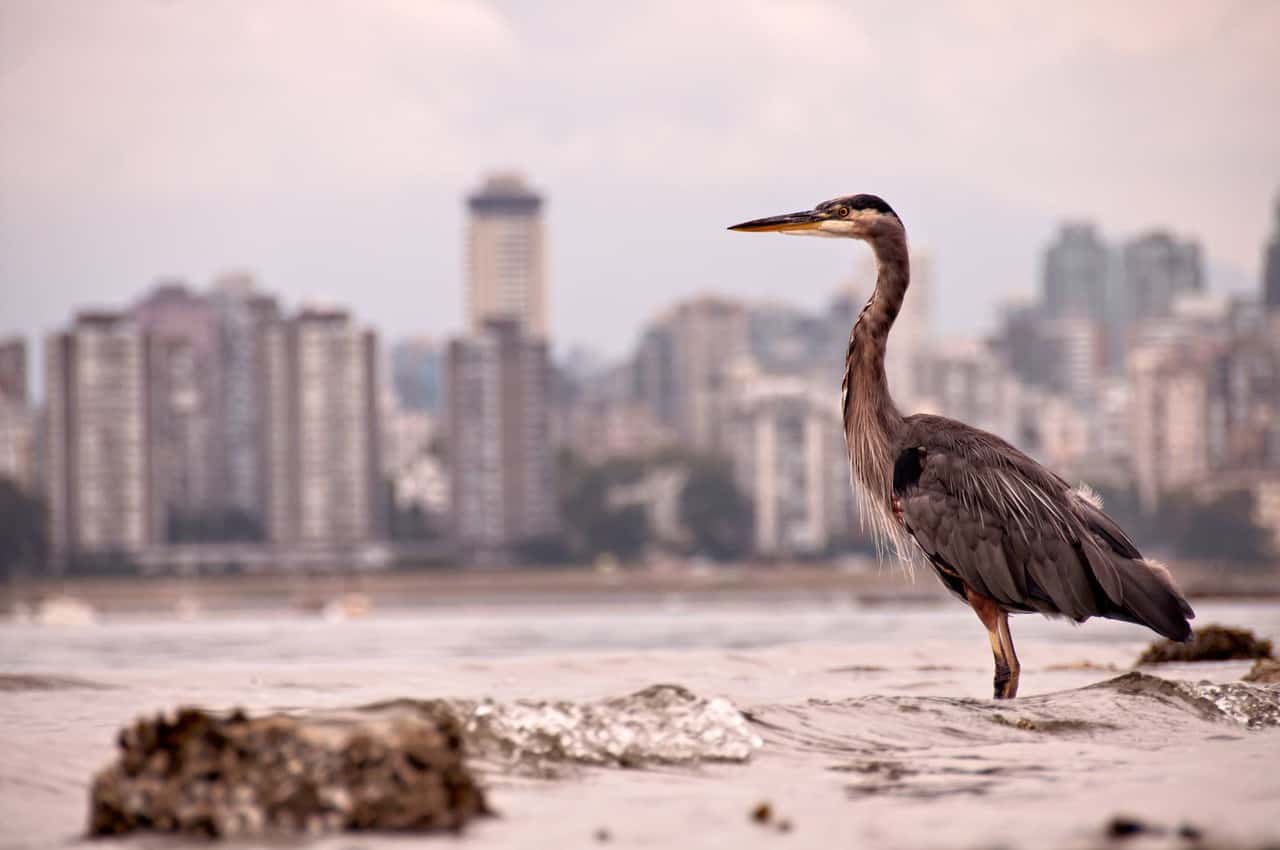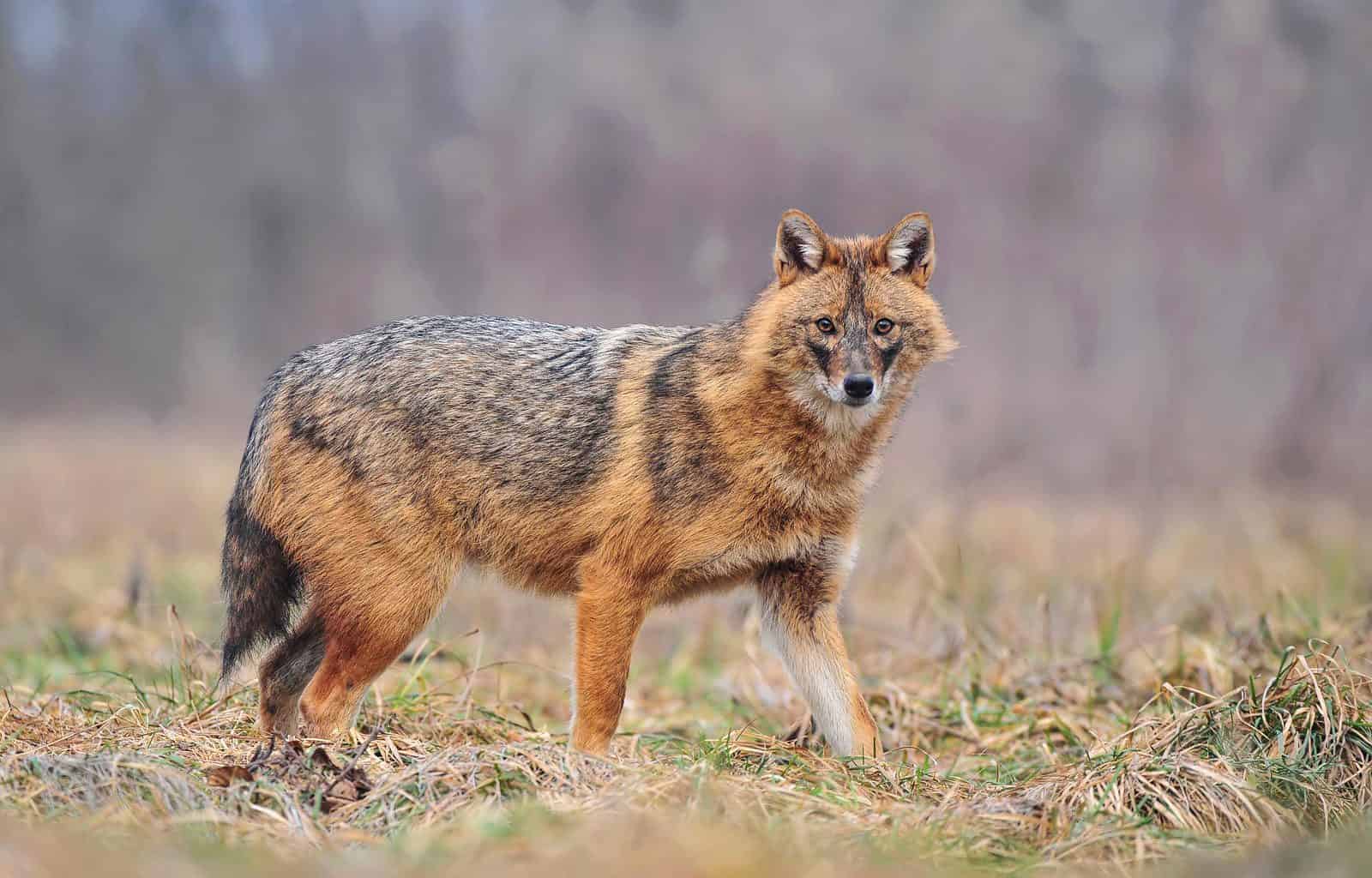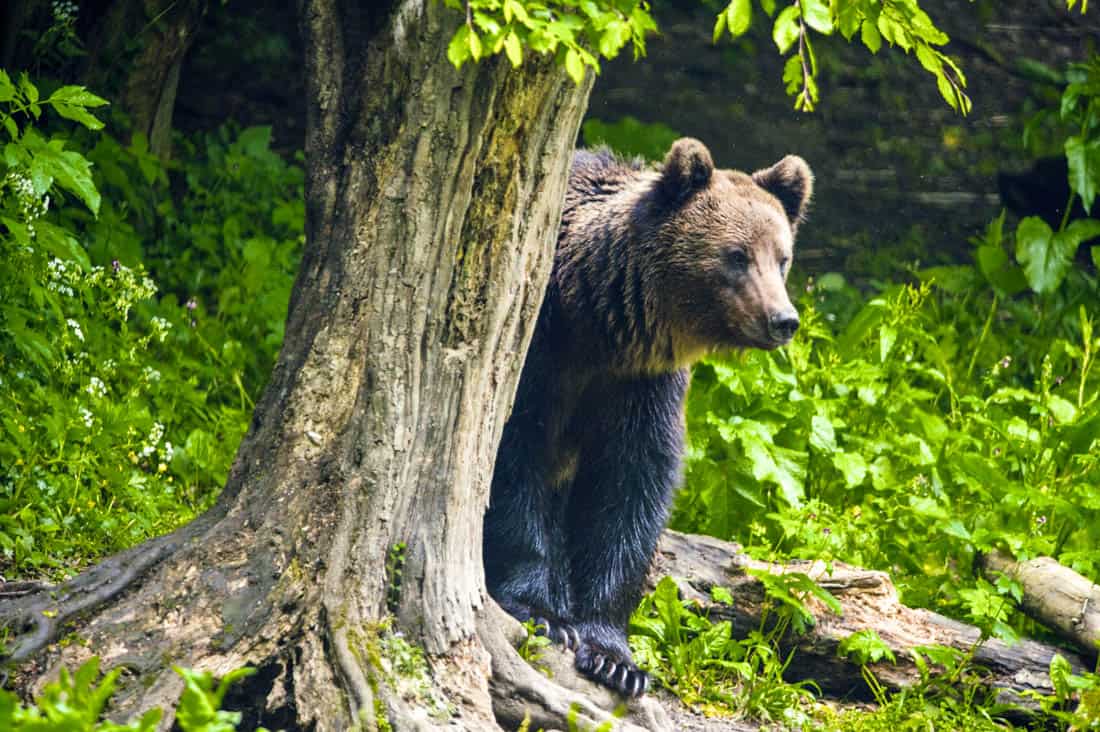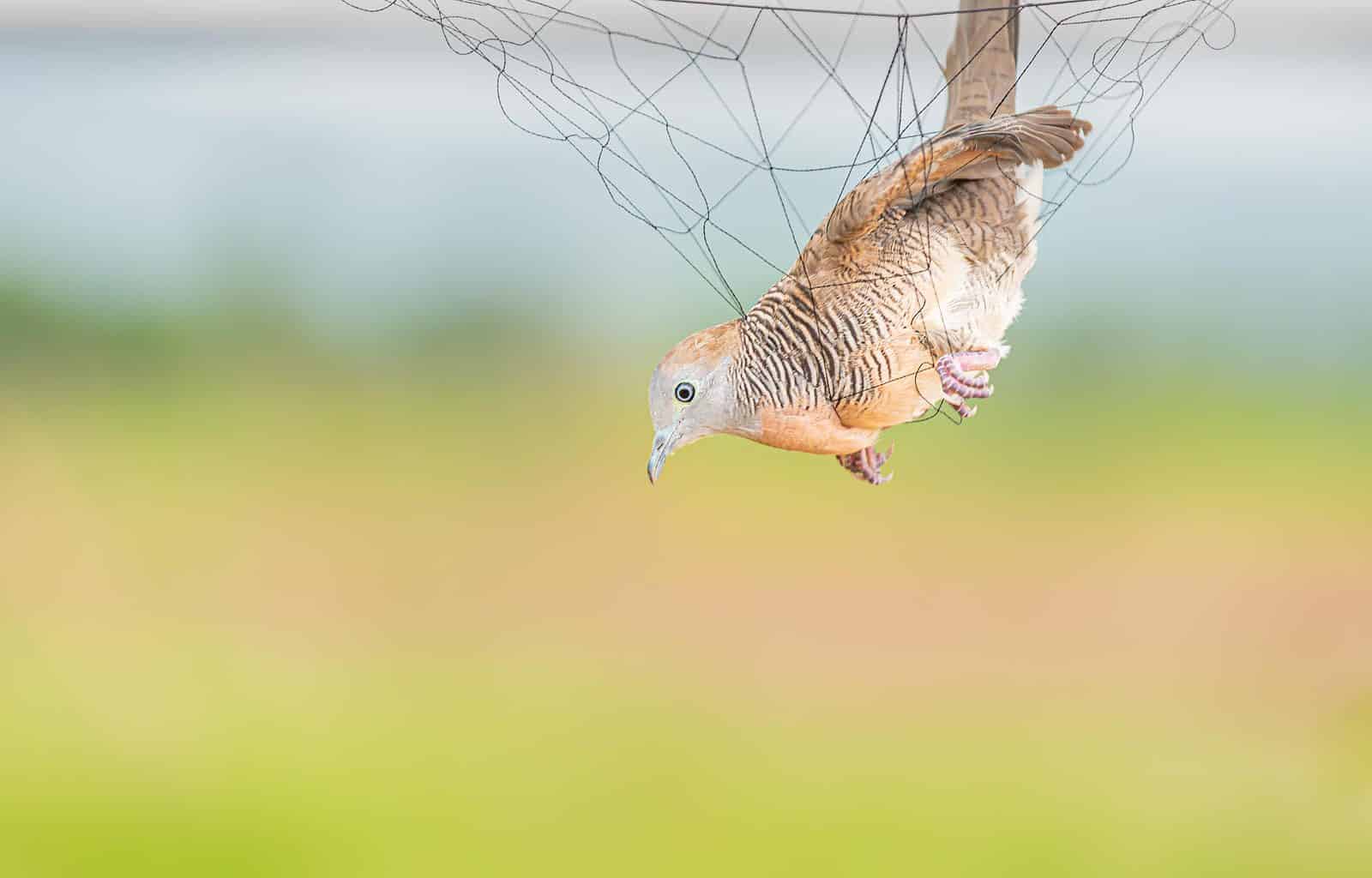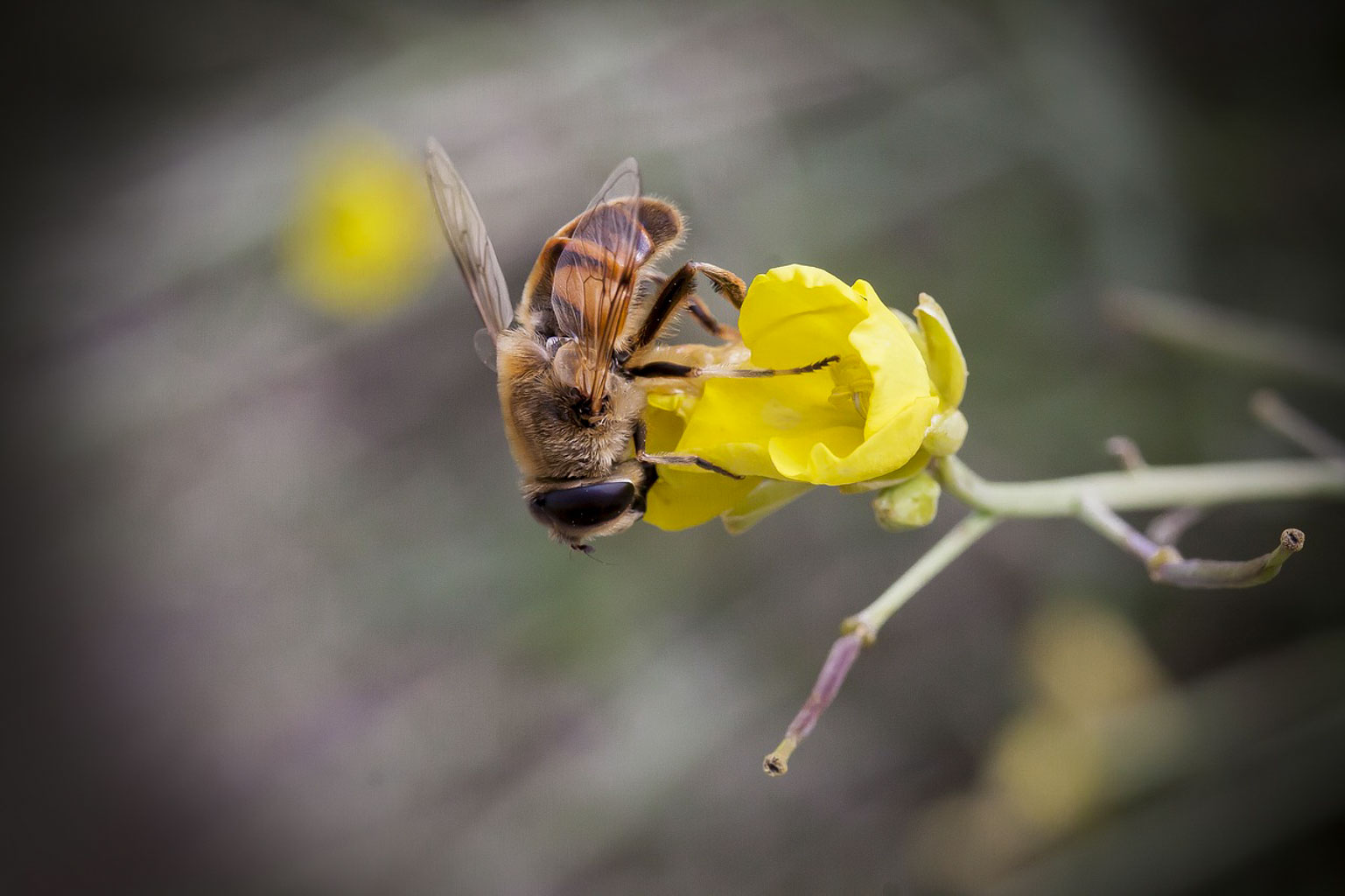Urbanisation: Opportunities and challenges for human-wildlife interactions
Urbanisation, the shift in residence of the human population from rural to urban areas in search of jobs and prosperity, among other factors, is a process occurring worldwide. Today, half of the global population already lives in cities. By 2050 two-thirds of the world’s people are expected to live in urban areas according to the United Nations. However, urbanization and the expansion of big cities present great human health and environmental challenges. For example, the majority of carbon emissions (and consequently air pollution), residential water use, large volumes of waste, and industrial timber use are attributed to cities.
On the other hand, this human movement to urban areas also creates problems in rural areas, increasing practices such as agricultural intensification. A phenomenon that the European Union has facilitated and enhanced during the last decades through the Common Agricultural Policy (CAP). Agricultural intensification leads to larger field sizes, more monocultures, increasing use of chemical pesticides and fertilizers, and decreasing habitat heterogeneity. Consequently, this deterioration of agricultural areas might force animals to colonize new areas that provide better habitat. For example, a recent study conducted in Aarhus, Denmark’s second largest city, showed that hares are now as common in the city as in the surrounding agricultural landscape.
Challenges of increasing human-wildlife interactions
Both the expansion of urban areas into animal habitats as well as active colonization of urban areas by animals brings wildlife and humans into closer contact. This poses several challenges.
Increased human-wildlife encounters in urban areas might increase the transmission of zoonotic diseases by increasing the spillover of viruses from wildlife reservoirs to humans. Over the last century, two new viruses per year have spilled from their natural host into humans. Multiple pandemics, such as MERS, SARS, HIV, and most recently COVID-19, emphasize that zoonotic diseases can cause enormous damage. In particular, mammals are especially important for disease transmission due to their close phylogenetic relationship to us humans. Therefore, it is important to educate the population on how to behave with wildlife and make space for each other.
Additionally, the presence of some species in urban areas can pose extra safety concerns both for humans and animals such as wildlife-vehicle collisions. Thus, is important that urban managers and architects design wildlife spaces and corridors to limit danger for animals and people.
Greener cities for a better future
Importantly, urban colonisation does not only causes challenges, but also presents opportunities for better urban planning, improving conditions for both human inhabitants and wildlife. For example, many studies have shown that greener urban areas with higher plant and birds species richness are linked to increased mental health. Moreover, well managed urban greening via tree planting or creating parks can reduce temperatures in cities by up to 8 degrees Celsius, reduce stormwater flows, improve air quality by filtering dust and pollutants. Thus, the quality and efficiency with which we develop and manage cities around the world in the years to come will be determinant to help alleviate and increase the resilience to extreme weather events induced by climate change.
But making cities greener can be advantageous for wildlife too. Green spaces within urban environments like green roofs, parks and backyard gardens, can work as corridors for animals to migrate from one habitat to another across the city. For example, the environmental organisation ByBi in Oslo developed a highway project for bees using green roofs, lush parks, and strategically placed beehives, making it possible for the bees to find resting places and food almost anywhere in Oslo.

